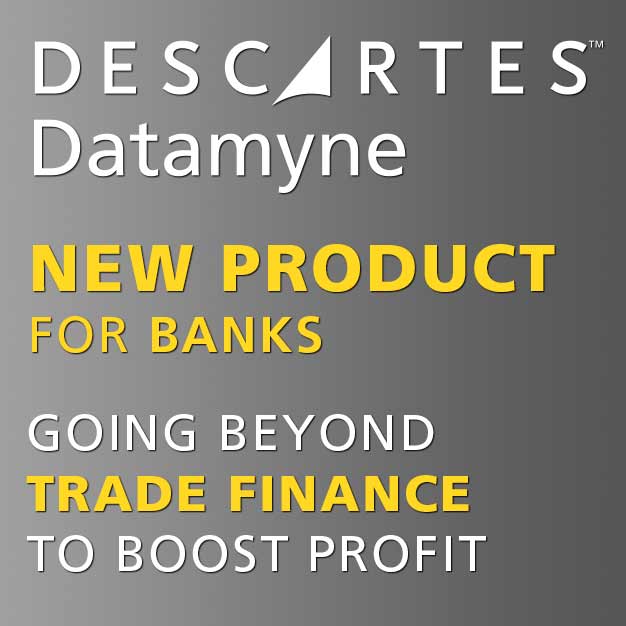Chemcost embarks on a global hunt for the best prices for chemicals to be had by China, and by the US | by Brian J. McCormick, guest columnist.
The Datamyne US Best Price Benchmark created each month by Chemcost, based on Datamyne trade data, provides a global context for evaluating current US prices for 10 selected commodities from the petrochemical, inorganic, metals and biofuel industries. [See the homepage for the latest Benchmark.]
Last month, I shared examples of how secret, no-cost and low cost EU shipments found in trade data can indicate horizontal trade patterns and allow us to uncover better (lower) prices for the commodities in trade.
This month, Chemcost searches for “the new cheap” in China.
When I was a child in the ’60s, Japan was the major provider of the cheapest imports in the US. Today’s current better price provider is China. In the near future, China is expected to surpass the US in total chemical sales – at least according to a 2011 projection from Tim Hanley, Global Chemical Sector Leader at Deloitte.
This means a fundamental shift is taking place towards Asia and the developing countries across the global chemical, polymers, metals, wastes and biofuels markets. Chemicals buyers – in China or the US – can profit from discontinuous price opportunity, wherever it is to be found. This is the basis for what I am terming the new cheap.
Chemcost has surveyed this year’s lowest prices in US and Chinese trade for the basket of 10 commodities used in the Datamyne US Best Price Benchmark. Chart 1 summarizes our findings, with the sources for the best prices in highlighted.
 Note that the best price benchmark is often below the average local price. Based on these price benchmarks, some more observations:
Note that the best price benchmark is often below the average local price. Based on these price benchmarks, some more observations:
- If you are shopping for inorganic chemicals or metals – with the exception of soda ash – China still offers favorable prices for cost savings.
- If you were using non-Datamyne trade intelligence websites to identify price opportunity in the US, you would have missed 7 of the 10 lowest price benchmarks from Asia and the EU.
- For these 10 commodities, lowest price benchmarks are roughly 60% imports. This supports the growing belief that China is not the new cheap for US customers.
- The data suggests trade is evolving; frequent global trade snapshots are essential to monitor the changes.
A key premise in Chemcost’s approach to best price discovery is that, in an open global trade environment, the customers who purchase the largest volumes on a long-term basis (such as merchants and multinational corporations) should, in theory, be getting the lowest global prices.
To test the theory, we’ve assembled the 2013 trade volumes in kilotons (kt), presented here in Chart 2, with the volumes associated with the best prices highlighted:
Observe where best price shipments originate – more support for the observation that trade in these sectors is evolving.
While not absolute, the results in charts 1 and 2 confirm that two empirical data-mining techniques, best price and trade volume searches, can cross-verify the results each obtains.
If you track trade volume, you will probably converge on the best price benchmark. Take a step back from the mounds of trade data, and you see that this makes sense. The competitive prize of large, sustained purchasing volumes attracts low price/high volume producers. This challenges the commercial norm of single-mindedly focusing on price first. Ignore volume and risk missing the best price.
Copyright © 2013 Chemcost Interactive, LLC
Chart 2 was updated September 4 to correct the unit column headings to “kton” (instead of “$/Mton” originally posted). –Editor
About Brian J. McCormick
 Brian J. McCormick was instrumental in developing procurement costing and quality assurance for P&G over a 34-year career. He is the founder and managing director of Chemcost Interactive* LLC (CI), a company offering research and analysis to support cost-efficient supply chain management.
Brian J. McCormick was instrumental in developing procurement costing and quality assurance for P&G over a 34-year career. He is the founder and managing director of Chemcost Interactive* LLC (CI), a company offering research and analysis to support cost-efficient supply chain management.
Chemcost can assist Datamyne’s customers in identifying lower price opportunities through consulting and training. Chemcost also offers annual subscriptions to global and regional price bulletins on 225 commodities across 8 major chemical spend classes. Learn more and contact Chemcost at www.chemcostinteractive.com
The opinions expressed in this article are those of its author and do not purport to reflect the opinions or views or Descartes Datamyne. In addition, this article is for general information purposes only and it’s not intended to provide legal advice or opinions of any kind and my not be used for professional or commercial purposes. No one should act, or refrain from acting, based solely on this article without first seeking appropriate legal or other professional advice.
* Chemcost Interactive and The New Cheap are trademarks of Chemcost Interactive LLC





